The world of paleontology is filled with fascinating discoveries, scientific debates, and occasionally, confusing nomenclature. Walk through different natural history museums across the globe, and you might notice something peculiar: what appears to be the same dinosaur species is labeled with completely different names. This phenomenon isn’t due to carelessness or lack of communication between museums—it reflects the complex, evolving nature of scientific classification and the historical context of dinosaur discoveries. Let’s explore the various reasons why identical dinosaur specimens might be known by different names in different institutions.
The Evolving Science of Taxonomy
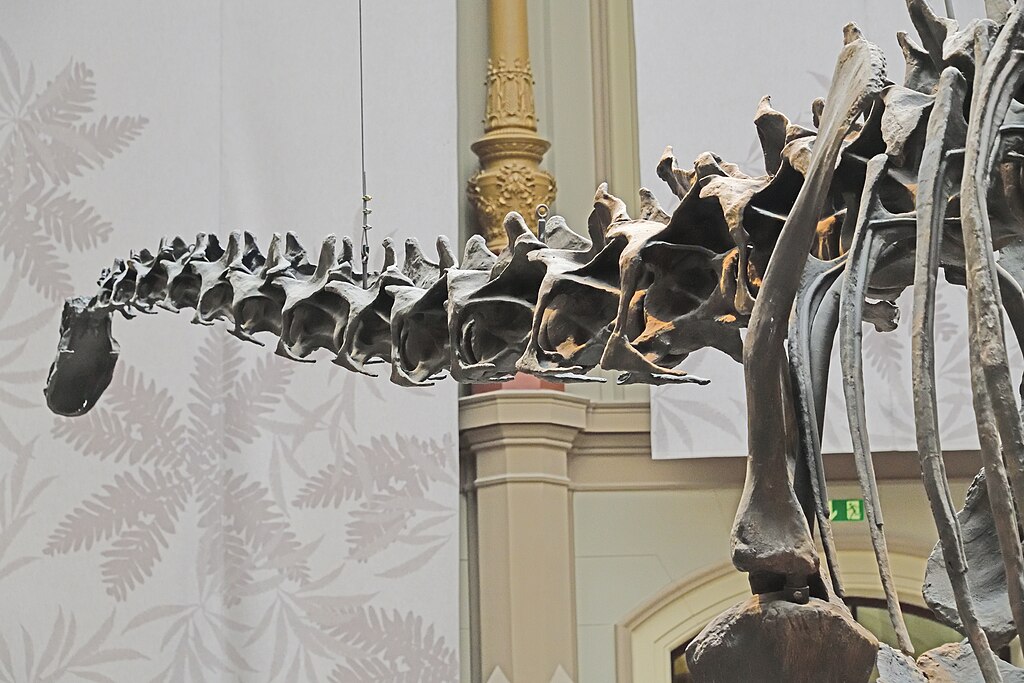
Taxonomy, the science of classifying and naming organisms, is not a static field but one that constantly evolves as new evidence emerges. When paleontologists discover dinosaur fossils, they initially classify them based on the available evidence at that time, which might include incomplete skeletons or limited comparative materials. As more specimens are unearthed and analytical techniques improve, scientists may realize that two supposedly different species are the same, or vice versa. This process of taxonomic revision happens regularly in paleontology, but museum displays may not always keep pace with the latest scientific consensus. Some institutions may lack the resources to update their exhibits frequently, resulting in outdated names remaining on display long after the scientific community has adopted new classifications.
Historical Priority and the Naming Race
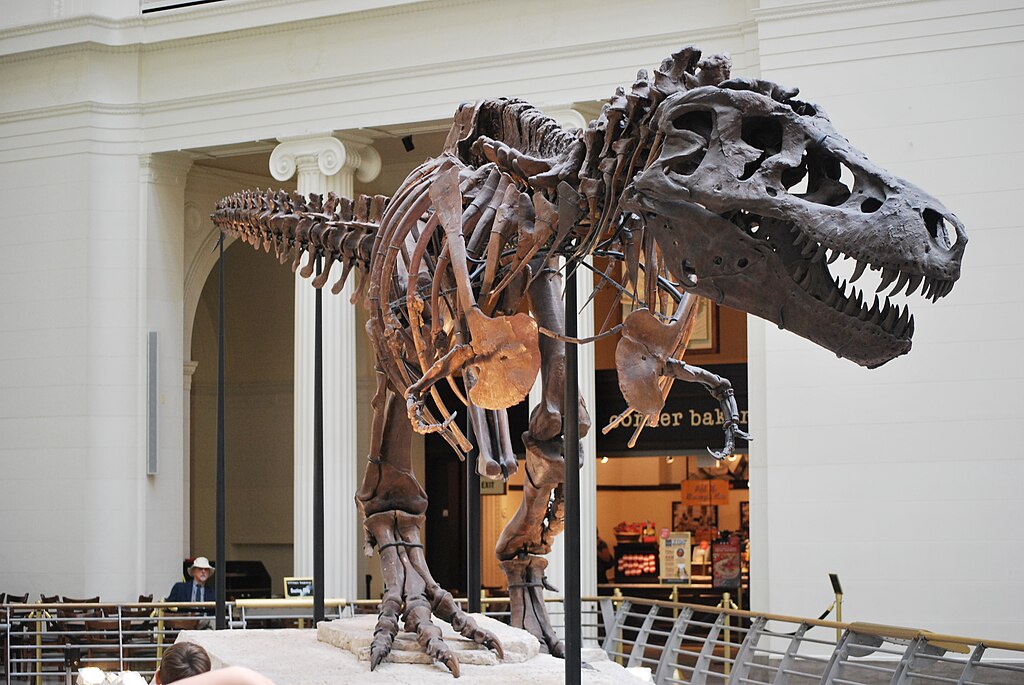
In the 19th and early 20th centuries, paleontology was sometimes characterized by fierce competition among scientists racing to name new species—a period often called the “Bone Wars.” During this time, different scientists might have named the same dinosaur species differently, each claiming discovery priority. According to scientific naming conventions, the first published name technically has priority, but disputes over publication dates or specimen validity could lead to prolonged debates. These historical naming disputes continue to affect modern museum displays, especially in institutions with connections to the original competing scientists. For example, some American museums might favor names given by American paleontologists like Othniel Charles Marsh, while European institutions might prefer names assigned by their historical figures, such as Richard Owen.
Specimen Completeness and Misidentifications
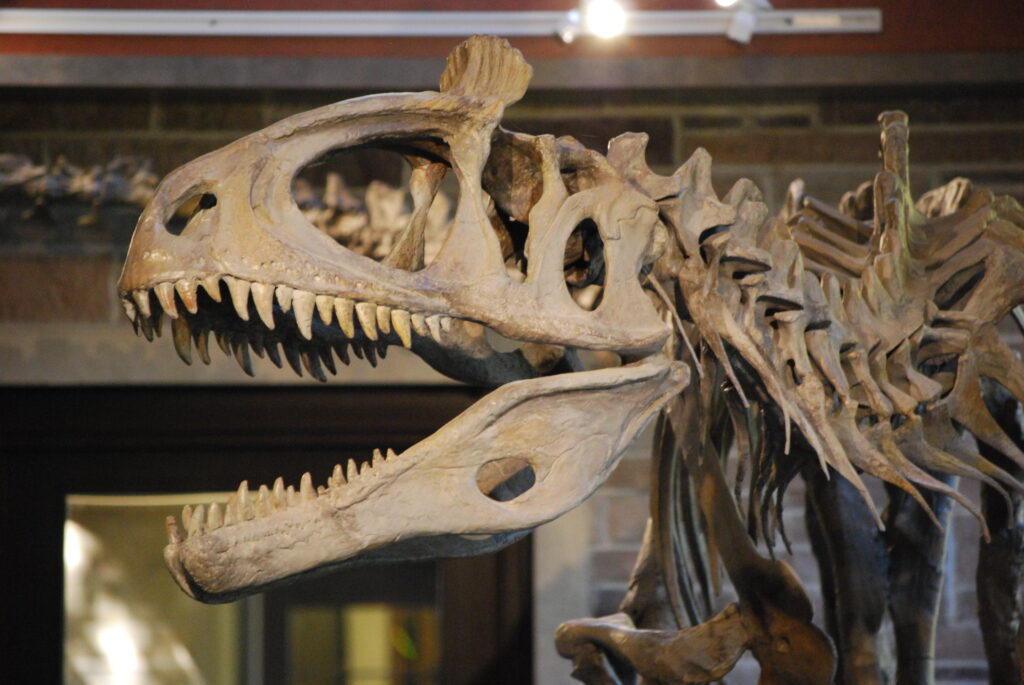
Many early dinosaur classifications were based on fragmentary remains—perhaps just a few vertebrae or a partial skull. With such limited material, paleontologists made educated guesses about the animal’s complete appearance and taxonomic relationships. When more complete specimens were later discovered, scientists sometimes realized these initial classifications were inaccurate. However, not all museums update their displays at the same pace, creating situations where one institution displays a dinosaur under its revised, correct name while another still uses the original, now-obsolete classification. The famous Brontosaurus/Apatosaurus controversy exemplifies this issue, where for decades some museums maintained the popular Brontosaurus name while others adopted the technically correct Apatosaurus designation, until recent research actually re-validated Brontosaurus as a distinct genus.
Geographic and Cultural Variation

Museums in different countries sometimes display dinosaurs under names that reflect local linguistic preferences or cultural contexts. This is particularly common with dinosaur common names rather than their scientific binomial nomenclature. For instance, what English-speaking countries call Triceratops might have an entirely different common name in Japanese or Russian museums, even while retaining the same scientific designation. Additionally, some museums in countries where significant fossils were found might emphasize local naming traditions or indigenous terms for certain dinosaurs, honoring the cultural context of the discovery location. These geographic variations create situations where visitors might see what appears to be the same dinosaur labeled differently when traveling between countries.
The Challenge of Synonymy

In paleontological taxonomy, “synonymy” refers to the situation where multiple scientific names have been applied to the same biological species. When scientists determine that two supposedly different dinosaurs are the same species, one name becomes a “junior synonym” of the other. However, museums may not always implement these synonymy decisions uniformly. Some institutions might maintain the junior synonym if it has historical significance to their collection or if it’s more familiar to their visitors. Others might strictly adhere to the current taxonomic consensus. The famous dinosaur Iguanodon has over a dozen junior synonyms from various historical misidentifications, and different museums might reference these various names depending on their particular specimens and institutional history.
Institutional Inertia and Budget Constraints
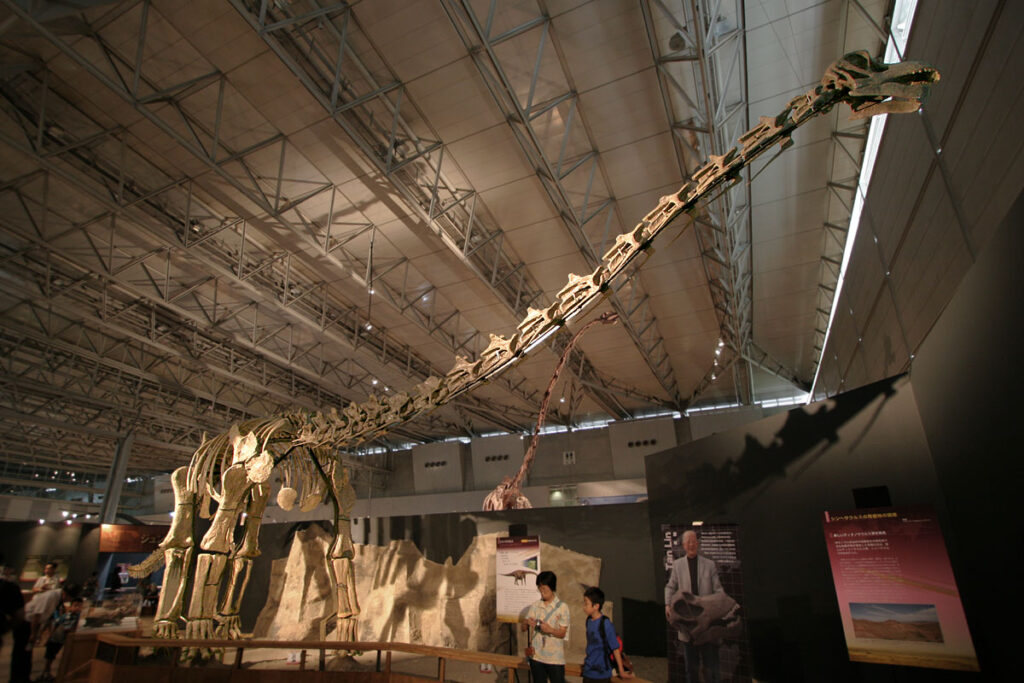
Creating, updating, or replacing museum exhibits requires significant financial resources, time, and expertise. When taxonomic classifications change, museums face practical challenges in updating their displays to reflect current scientific understanding. A complete overhaul of signage, educational materials, and interactive displays can cost tens of thousands of dollars—funds that many museums, especially smaller institutions, simply don’t have available. As a result, outdated nomenclature might persist in displays purely for budgetary reasons. Some museums address this issue by adding supplementary information explaining taxonomic revisions without completely replacing the original display, creating a situation where visitors might see both the historical and current names referenced within the same institution.
Scientific Disagreements and Splitters vs. Lumpers
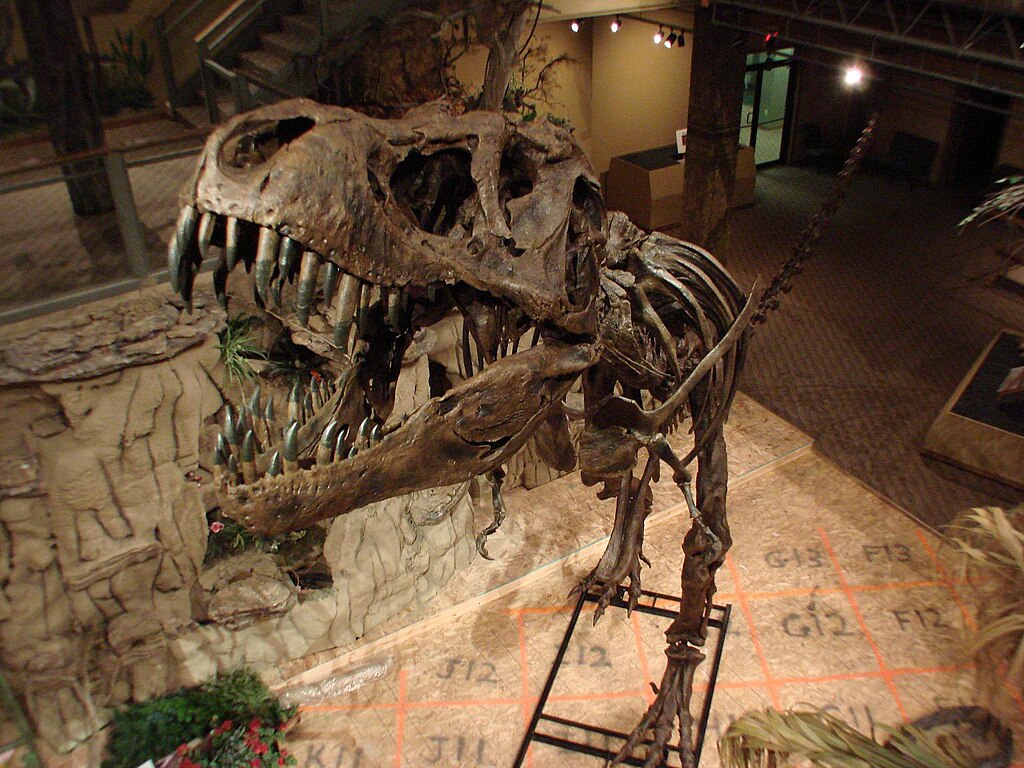
Not all paleontologists agree on how to classify dinosaur species, and genuine scientific debates can lead to different museums adopting different taxonomic positions. Some scientists, known as “splitters,” tend to recognize more distinct species based on smaller morphological differences, while “lumpers” are more conservative, grouping similar specimens unless differences are pronounced. These philosophical differences can directly impact museum displays. For example, what one museum identifies as three distinct species of Tyrannosaurus might be displayed as a single species with individual variation at another institution. These legitimate scientific disagreements mean that sometimes no single “correct” name exists, and museums must choose which taxonomic interpretation to present to their visitors.
The Impact of New Technologies

Advances in analytical techniques have revolutionized dinosaur classification, sometimes overturning long-established names. CT scanning, DNA analysis of preserved soft tissues, and sophisticated computer modeling have revealed relationships between dinosaur species that weren’t apparent from skeletal anatomy alone. These technological breakthroughs can lead to taxonomic revisions that take time to be universally adopted by museums worldwide. For example, biomechanical analysis might reveal that what was thought to be a unique locomotion style, justifying separate classification, in fact, is just a variation within a species. Museums with cutting-edge research departments might quickly adopt these technology-driven reclassifications, while more traditional institutions maintain established nomenclature until consensus becomes overwhelming.
The Ghost of Commercialization
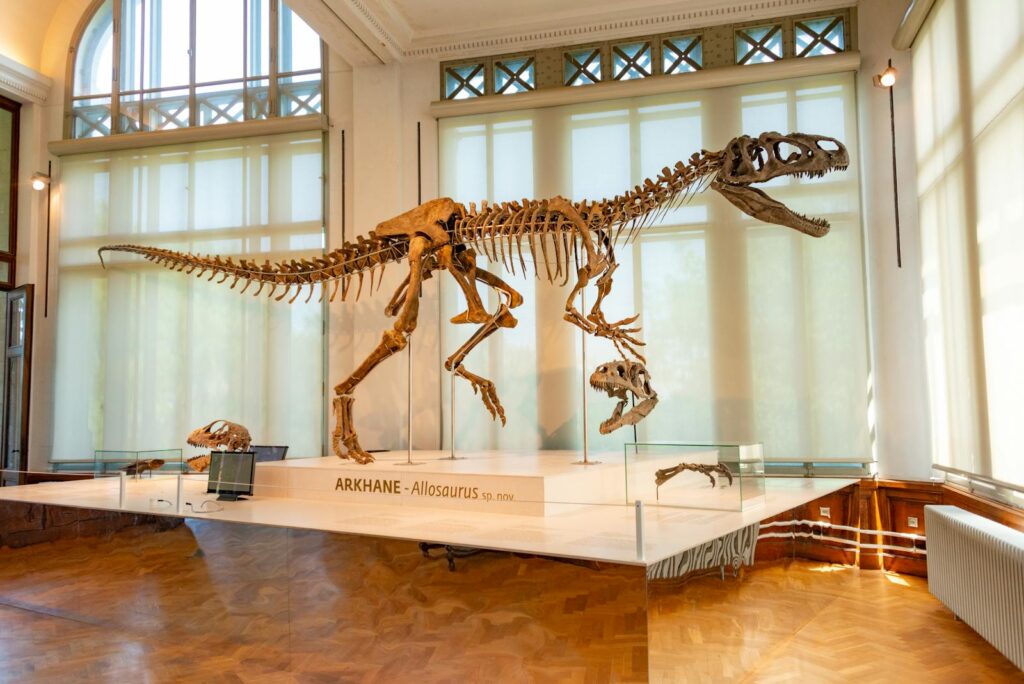
The commercial appeal of certain dinosaur names can sometimes influence museum naming practices, particularly in institutions that depend heavily on visitor revenue. Names like Tyrannosaurus rex and Velociraptor carry strong brand recognition thanks to popular culture depictions in movies and books. When taxonomic revisions suggest changing these familiar names, museums might resist the update to avoid confusing or disappointing visitors expecting to see these famous dinosaurs. This commercial consideration can lead to situations where scientifically outdated names persist in public-facing displays, even when the museum’s research department acknowledges the current classification. Some museums resolve this dilemma by prominently featuring the popular name while including the current scientific designation in smaller text or supplementary materials.
International Variation in Naming Conventions
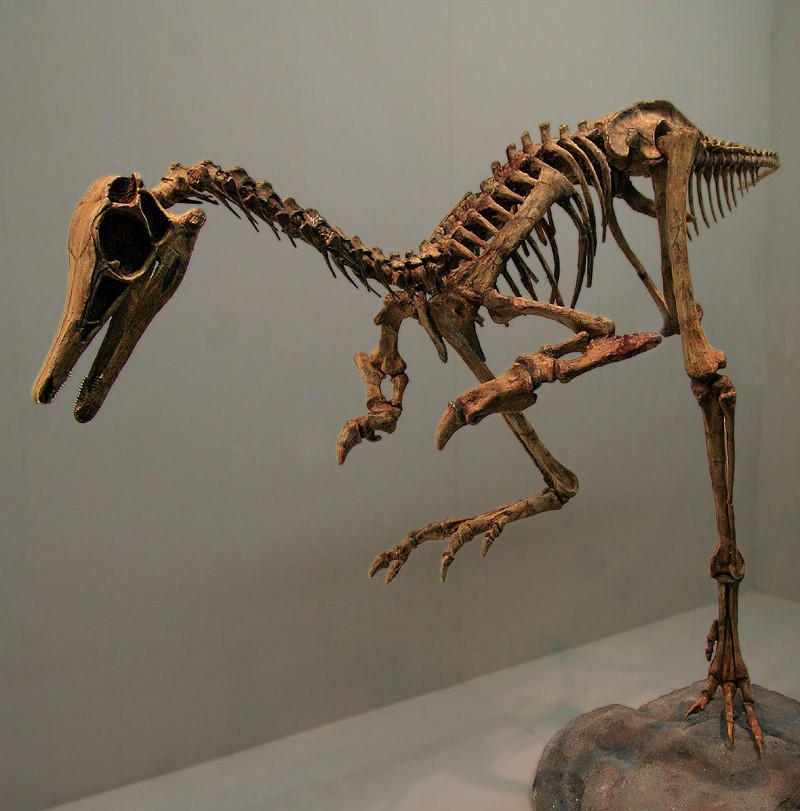
Different countries sometimes follow slightly different conventions for scientific naming, which can affect how dinosaurs are labeled in their museums. While the International Code of Zoological Nomenclature provides standardized rules for naming species, its application and interpretation can vary somewhat between scientific communities. For instance, Russian paleontological tradition has historically taken different approaches to certain naming practices than Western European or North American traditions. These subtle differences in naming conventions can result in the same dinosaur being presented under variant names in different countries’ museums. Additionally, transliteration issues when converting names between different alphabets and writing systems can introduce further variations that make the same dinosaur appear differently named across international institutions.
Educational Choices and Visitor Accessibility
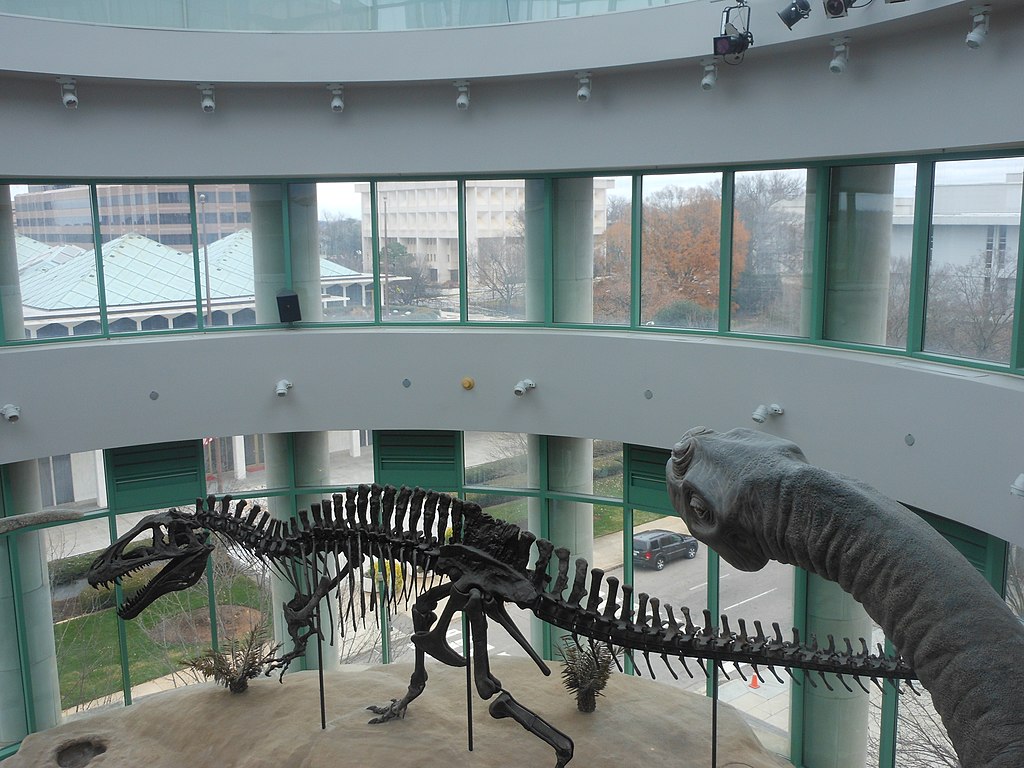
Museums make conscious decisions about how to present complex scientific information to diverse audiences. Some institutions prioritize scientific accuracy above all else, promptly updating displays to reflect the latest taxonomic revisions. Others take a more educational approach, deliberately showing historical names alongside current classifications to teach visitors about how scientific understanding evolves. This pedagogical choice can result in what appears to be naming inconsistency between museums, when in fact it represents different educational philosophies. Museums serving predominantly young audiences might emphasize familiar names that connect with children’s existing knowledge, while research-oriented institutions might strictly adhere to current scientific nomenclature regardless of public familiarity.
The Role of Museum Specialization

Museums with different specializations may approach dinosaur naming from different angles, reflecting their institutional focus. A museum dedicated to the history of science might intentionally preserve historical names to demonstrate how paleontological understanding has evolved. Conversely, a museum focused on cutting-edge research might prioritize the most current taxonomic classifications regardless of historical usage. Natural history museums associated with active research universities often display dinosaurs under names aligned with their faculty’s published positions on taxonomic debates. Some specialized museums even document naming controversies explicitly, presenting competing classifications side-by-side with explanations of the ongoing scientific discourse, effectively turning taxonomic disagreement itself into an educational exhibit.
Navigating the Naming Maze: What Visitors Should Know

For museum visitors, encountering the same dinosaur under different names can be confusing, but it also presents a valuable learning opportunity about the nature of scientific classification. When visiting multiple natural history museums, it’s helpful to recognize that dinosaur names represent our best current understanding rather than immutable facts. Discrepancies between museums often highlight active areas of scientific inquiry rather than indicating that one institution is simply “wrong.” Many museums now provide digital resources that explain taxonomic revisions and controversies, allowing interested visitors to delve deeper into naming debates. For those particularly interested in dinosaur classification, comparing how different institutions name similar specimens offers fascinating insights into both paleontology and the institutional history of science museums themselves.
Conclusion
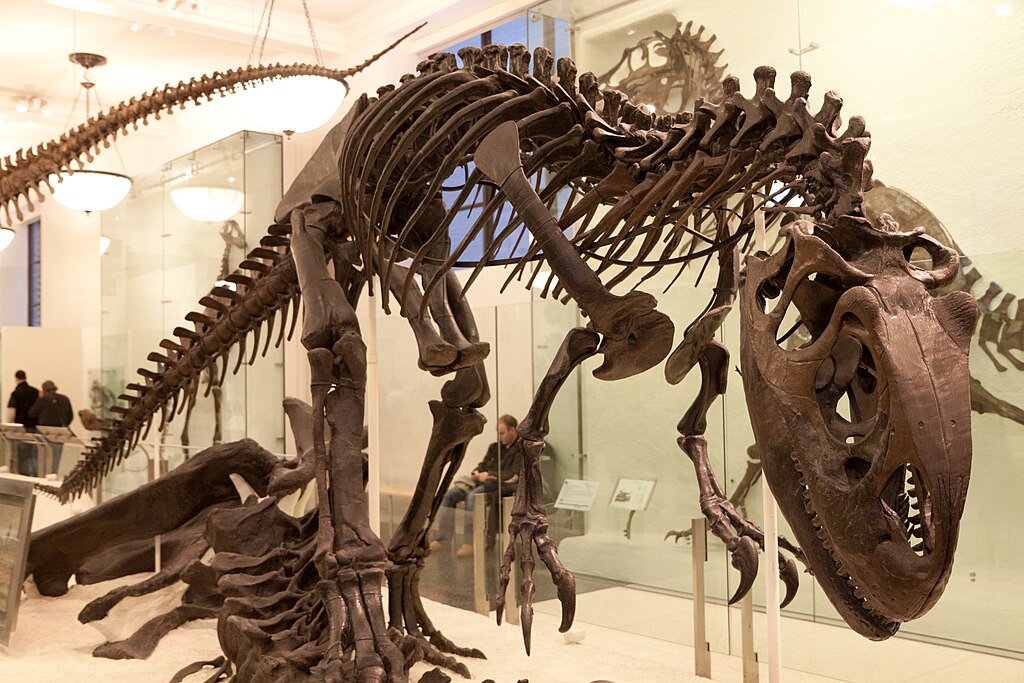
The phenomenon of identical dinosaurs bearing different names across museums represents the dynamic, evolving nature of paleontological science rather than institutional carelessness. These naming variations tell a rich story about the history of dinosaur discovery, the challenges of classification based on incomplete fossils, and the ongoing debates that make paleontology a vibrant scientific field. As our understanding of dinosaurs continues to develop through discoveries and analytical techniques, museum displays will inevitably continue to reflect both cutting-edge research and historical scientific traditions. Far from being a problem to solve, these naming differences provide valuable insights into how scientific knowledge is constructed, revised, and communicated across time and cultures.




